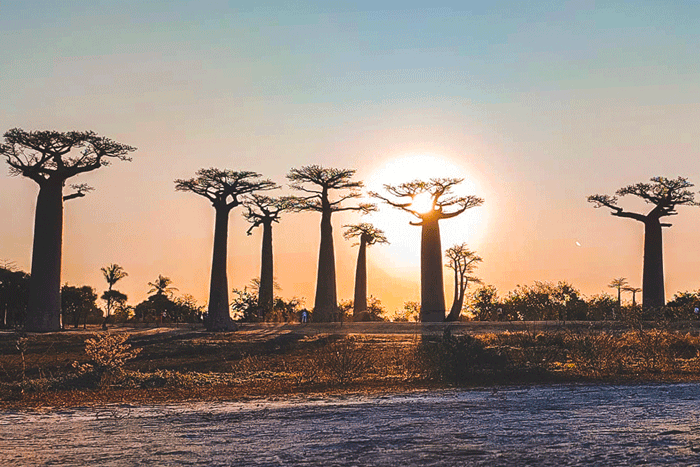The lemurs of Madagascar
Lemurs are primates found only in Madagascar. Their existence on the island dates back millions of years, and they can vary considerably in size and behavior. Madagascar is home to over 100 different species, distinguished by their large, expressive eyes, long tails and diurnal, nocturnal or crepuscular habits; they are adapted to life in the trees.
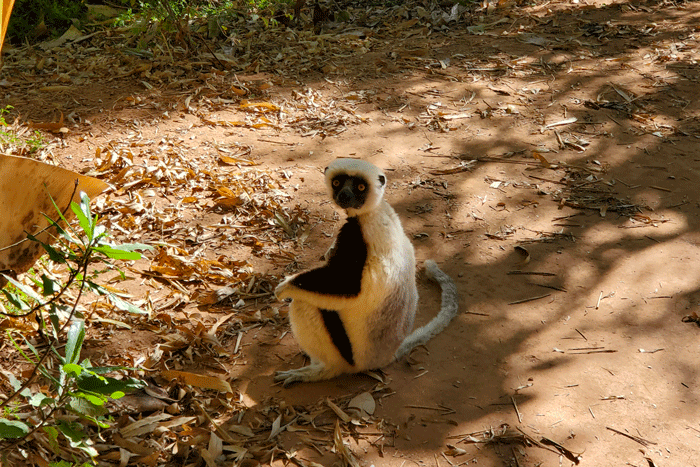
Best Locations for Lemur Watching
Anja Special Reserve: The best place in Madagascar to observe the iconic ring-tailed lemur (Lemur catta) in a natural setting, protected by a local community.
Andasibe-Mantadia National Park: Known for housing the Indri (Indri indri, also called Babakoto by locals), the largest of all lemurs, with its imposing call heard throughout the park’s surroundings.
Masoala National Park: This park offers the opportunity to observe species like the Aye-aye (Daubentonia madagascariensis) in its coastal and rain forests. Masoala is the largest park in Madagascar.
Isalo National Park: Although more arid, this park is home to several species adapted to dry habitats.
Kirindy National Park: a remnant of the western Madagascar’s spiny forest, is also a diverse habitat for lemurs, hosting species such as the ring-tailed lemur (Lemur catta), the gray mouse lemur (Microcebus murinus), the fork-marked lemur (Phaner furcifer), and others.
But beyond these parks, a wide variety of lemur species can also be found throughout Madagascar, including in its many other national parks, nature reserves, and private parks managed by local communities.
Lemur Watching Tips
The best time to see lemurs in Madagascar : The dry season, from May to October, is ideal for lemur watching. You can also take advantage of the rainy season to do some research, but to a very limited extent due to the natural damage caused by the rain.
Guided tours : We always advise you to opt for guided tours, as local guides know the best places and times to observe lemurs.
Equipment : Bring binoculars and a camera with a good zoom lens for the best experience.
Respect for the environment : Stay on the trails and keep a respectful distance from the animals, following the appropriate trail for the visit.
Contribute to Conservation
We advise you to always choose Responsible Eco-Tours: give preference to operators who support lemur conservation and local communities.
Support Local Projects
: Buy local souvenirs and contribute to the community economy, which will help them continue their efforts to protect and conserve the natural area.
Avoid Direct Interactions : Do not feed the lemurs and avoid physical contact for their well-being.
Learn more about the species : Make the most of your visit to learn more about the different lemur species and their habitats.
Need assistance?
Do not hesitate to contact our Madagascar specialists
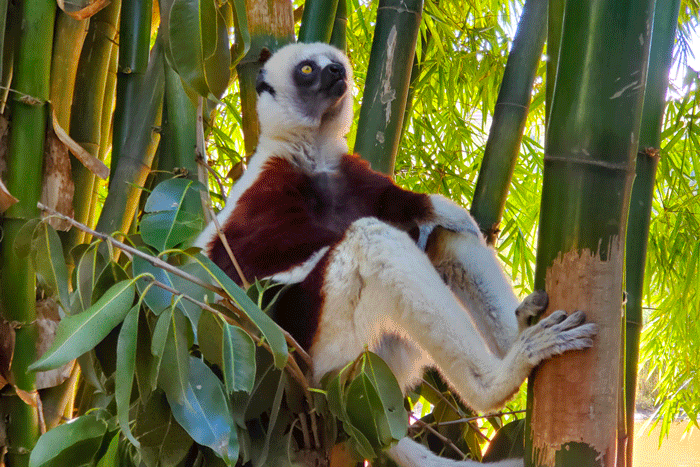
Lemurs Meeting
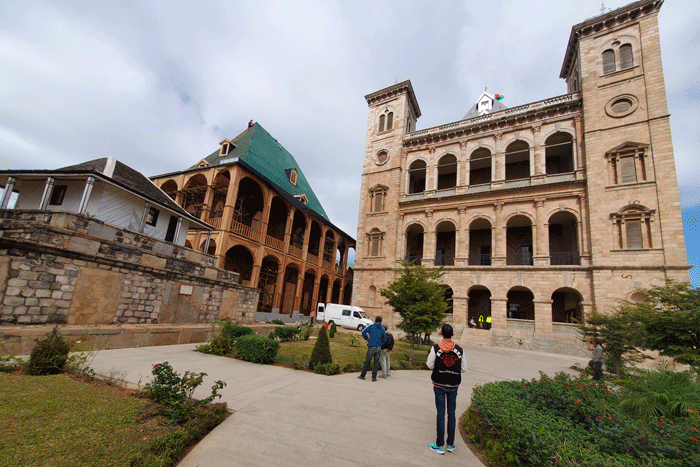
Antananarivo day tour
Other travel guides that may help you
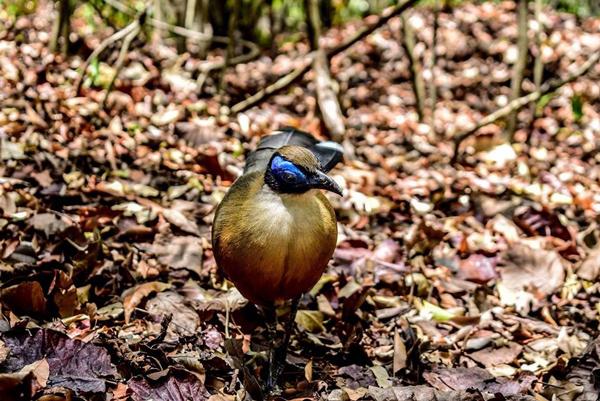
Madagascar's birds
Madagascar is home to more than 280 species of birds, although not as many as in other countries.
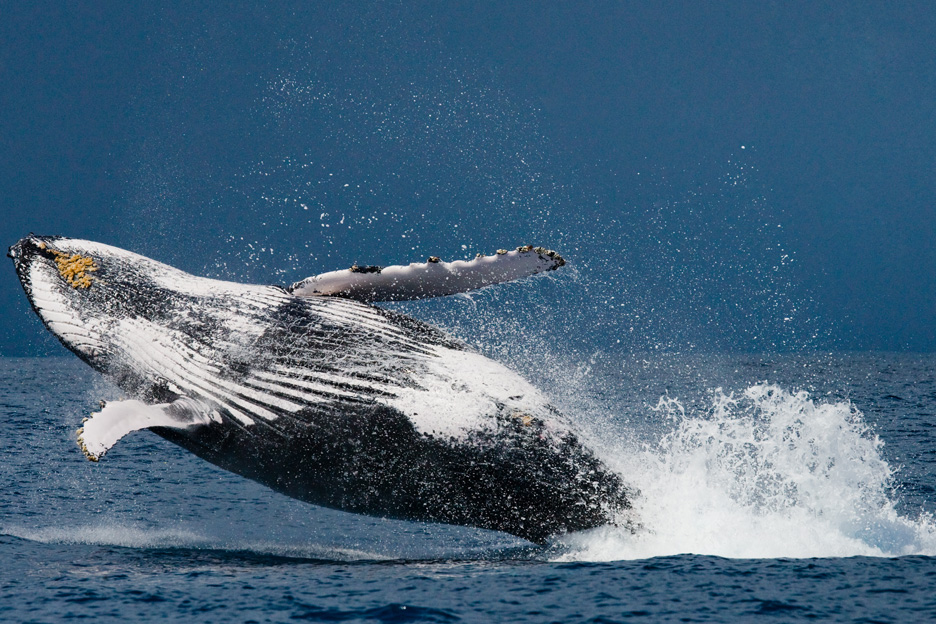
Whale watching
One of the island’s most emblematic phenomena, blending nature and culture.
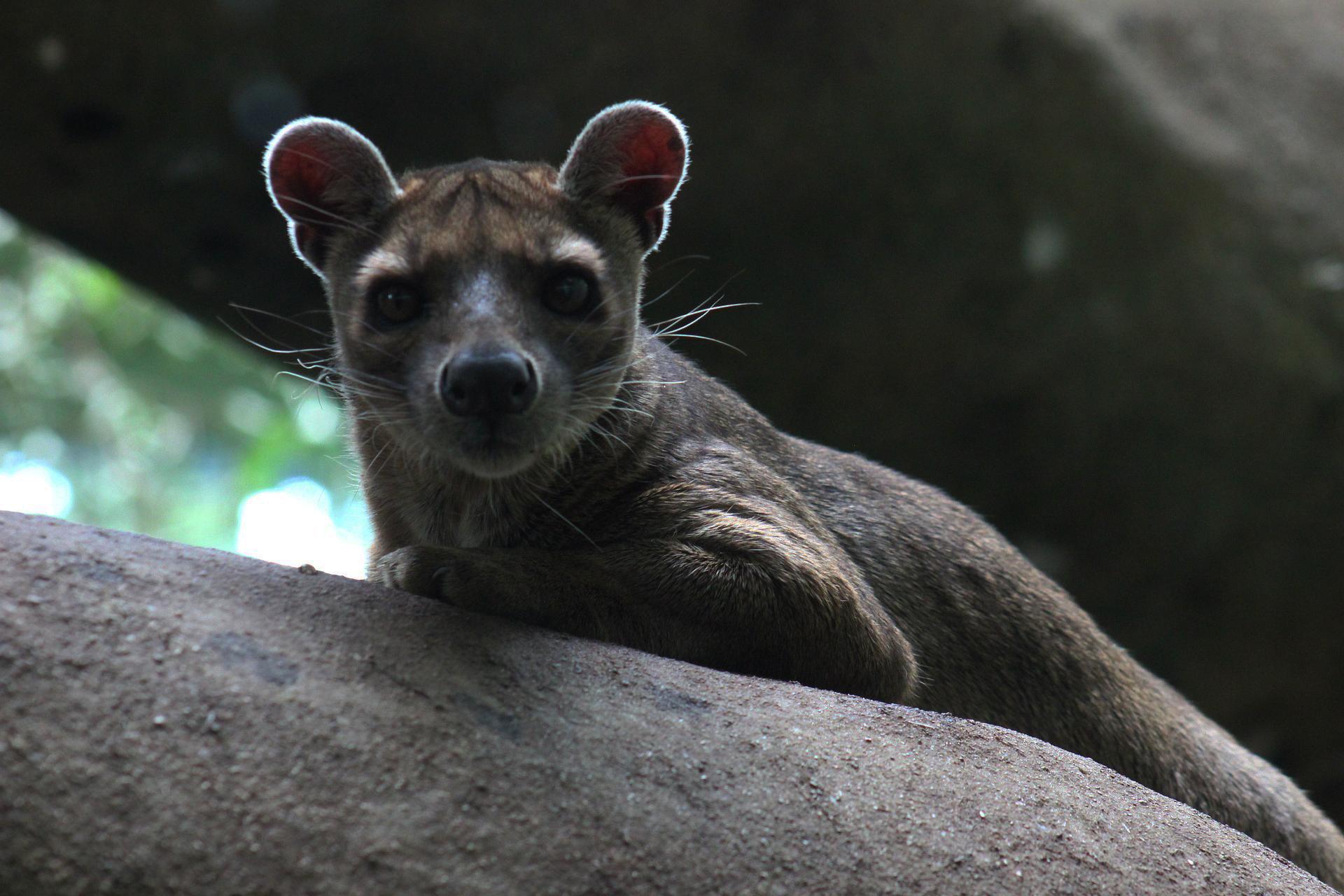
Madagascar's carnivores
Madagascar, an island renowned for its biodiversity, is home to an exceptional variety of carnivores.

